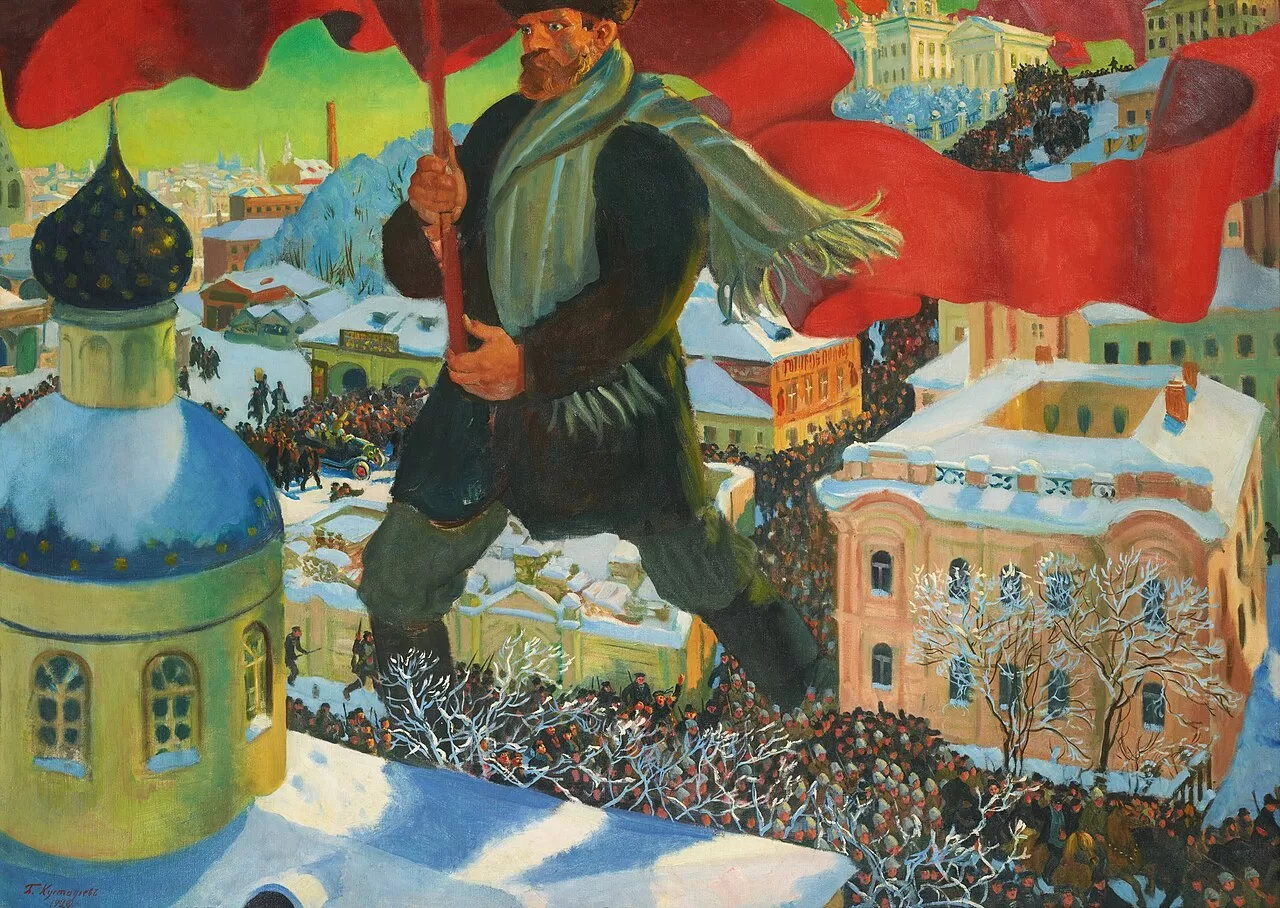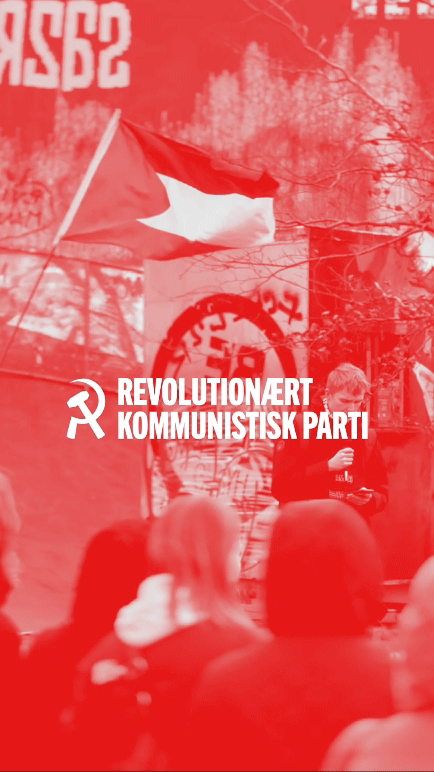If anybody is still having doubts about the Danish working class and youth, they must be both deaf and blind. The demonstrations on March 20 were a unique demonstration of the strength of the Danish workers’ movement. There have been no similar demonstrations since 1985. There were more people in front of the parliament at Christiansborg Slotsplads than during the strikes in 1998. People came in busses from all parts of the country to protest against the state budget which was passed in parliament on the same day.
The budget includes a long list of attacks on the welfare state. Huge cuts on education, introduction of increased pressure and privatisations in hospitals and care for old people, attacks on working conditions, the sacking of thousands of public sector workers, cuts on arts and culture, aid for third world countries and the environment, etc. The government is also planning several frontal attacks on the workers movement: the introduction of non-union unemployment funds, a new part-time law which in effect gives the boss the right to decide how long any worker should work, the introduction of lower (or no) pay for immigrant workers, and a few days ago they proposed a new law to reduce the rights of workers to picket companies that make agreements with the Christian “union”.
Some bourgeois media sources have claimed that no more than 10,000 people participated, but this is absurd. No doubt there must have been around 30,000 – health care and social workers, metal workers, postal workers, workers from the airport, artists, high school and university students, apprentices, etc. Even though the demonstration took place in the middle of normal working hours and the union leaders had made it clear that no strikes should occur, the Danish Employers’ Association has stated that 28 companies were hit by strikes. Especially in Copenhagen Airport many workers went on strike in order to participate in the demonstration.
This was a big demonstration of power. When it wakes up a little, the Danish workers’ movement can easily gather tens of thousands of angry workers and youth. The demonstrations had been talked about quite a lot, but the union leaders could have done much, much more to mobilise. Some of the union leaders had said that we should not mobilize because then people would get disappointed if not enough people showed up! This is a strange kind of half-hearted position. Either there is a demonstration, or there is no demonstration. If the unions really mobilised their members, a lot more people would have participated.
The movement against the new government is unique. It brings together workers, school and university students, artists, environmentalists, immigrants, etc. This is a very big portion of the population. Prime Minister Anders Fogh said that he was neither impressed nor shaken by the demonstration. But he ought to beware. He and the government, together with the Danish People’s Party, are provoking a big movement. They came to power by promising better conditions for old and sick people, workers and youth. But now they are doing exactly the opposite. This will create an enormous anger of which we have only seen the beginning. When the working class and the youth come together, they can achieve a lot. There were the big youth demonstrations of February 7 and now the big demonstration of March 20, and there is a real possibility of strikes and conflicts for the public sector workers who are involved in negotiations about wages and working conditions at the present time. There is a big possibility that members will reject the outcome of the negotiations. If the workers of the private sector join in, then a general strike would be possible.
The electoral success of the bourgeois parties was the result of one thing: the right-wing policies of the Social-Democratic leadership, which has sent thousands of workers into the arms of the bourgeois parties. But just as easily as the workers could swing to the right, they can swing back to the left again. No government can survive if the Danish working class really starts struggling.
The most important thing is the leadership of the workers’ movement. They wasted the nine years that they were in government. Many of the cutbacks that the present government is carrying out now, were actually planned by the old government and the Social Democracy. They also voted for the state budget. This is a scandal. Apparently they have understood nothing. Workers and youth are fed up with deteriorating welfare and cuts in a period where there is lots of wealth in society. The only problem is that this wealth is in the hands of a few rich capitalists. But why should they be allowed to keep that wealth? The bourgeois government is busy cutting back and sabotaging the working class and their organisations. As the chairman of LO (the national organisation of the unions) said, the government is carrying out a class policy. It is about time that the leaders of the Danish workers’ movement also start to realise that they should be doing the same. We don’t need “humane” cutbacks, we don’t need any cutbacks at all. The public sector can’t take any more cuts. The Social Democracy and the rest of the workers’ movement was the force that built the welfare state and they should not be the ones who help to tear it down.
The fight is not just against the new government. An alternative must be put forward. But the present leadership of the movement has no alternative. We need a leadership that can lead the fight against all the attacks on the old and the sick, on workers and youth, etc. This can only be done by fighting for the ideas of socialism once again.
Bring down the bourgeois government!
For a united workers’ movement and a socialist programme!





